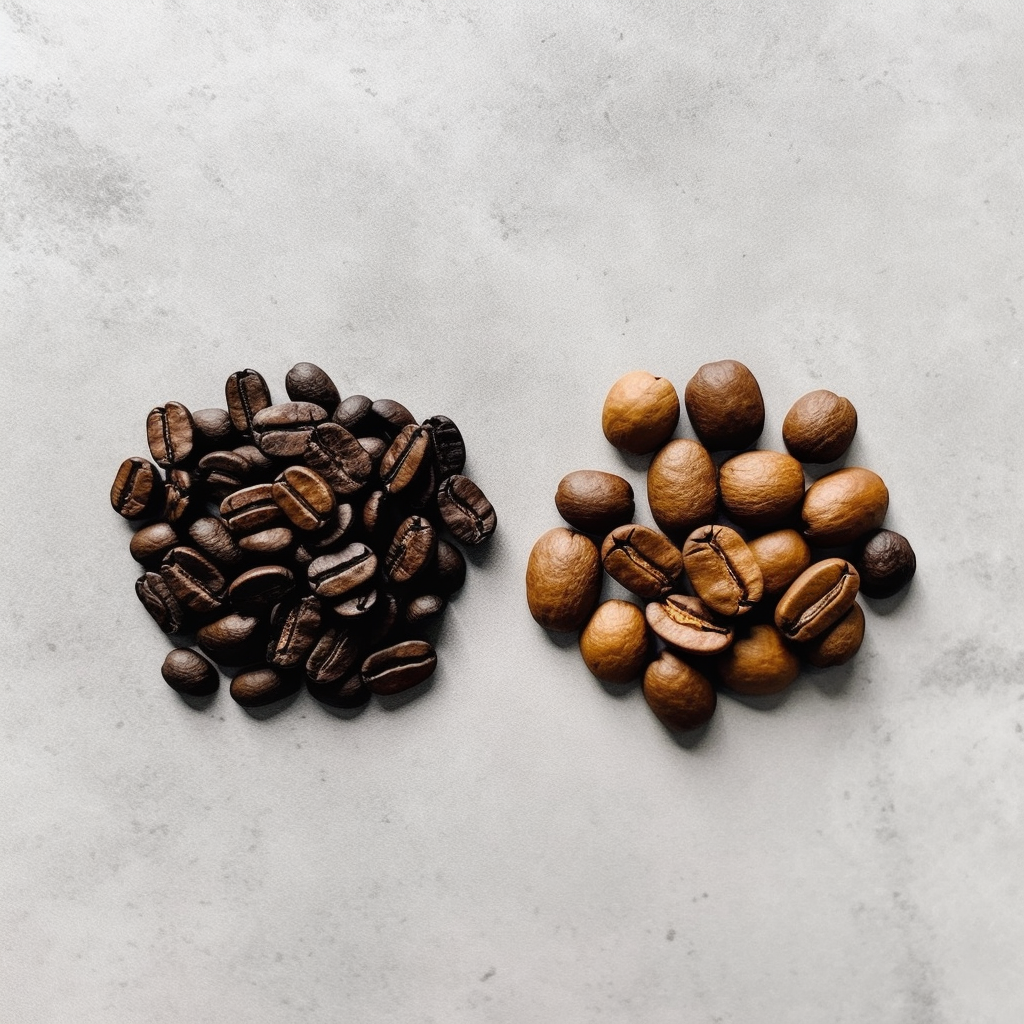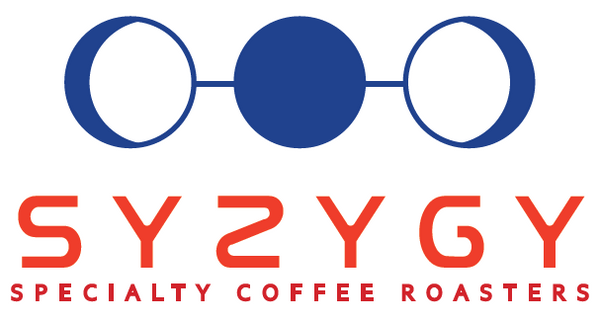
COFFEE: Light, Medium, Dark Roast - What's The Difference?
Share
COFFEE: Light, Medium, Dark Roast - What's The Difference?
Understanding the Art of Coffee Roasting
Welcome to the diverse world of coffee roasting, where every bean tells a story, and the roast level sets the stage for your coffee experience. Whether you're a coffee aficionado or a casual drinker, understanding the difference between light, medium, and dark roasts is crucial to finding your perfect cup.
The Coffee Roasting Process
The journey of every coffee bean from green to full-flavored involves a delicate roasting process. Roasting coffee is both an art and a science. It transforms the chemical and physical properties of green coffee beans into roasted coffee products. The roast level, determined by the roasting time and temperature, significantly impacts the coffee's flavor, aroma, and color.
Light Roast Profile
Light roast coffee, often referred to as "blonde roast," is known for its light brown color and lack of oil on the bean's surface. These beans are roasted for a shorter time, preserving the original characteristics of the bean. Light roasts are typically more acidic and retain most of the caffeine from the coffee bean. They offer a variety of complex flavors, making them a favorite for those who appreciate a more subtle and nuanced cup.
Medium Roast Profile
Medium roast coffee strikes a delightful balance between the light and dark roasts. Often described as the "American roast," medium-roasted beans have a richer brown color and offer a balanced flavor, aroma, and acidity. This roast level brings out the best in the beans, providing a harmonious blend of acidity and body. Medium roasts are perfect for those who enjoy a well-rounded and flavorful cup.
Dark Roast Profile
Dark roast coffee is all about bold flavors and a full-bodied experience. These beans are roasted longer, resulting in a darker color with some oil on the surface, and unfortuantely, bitterness. The flavors of dark roasts are less acidic and carry hints of chocolate, caramel, and a smokiness that appeals to those who prefer a robust and hearty cup. In Specialty coffee, dark roast is a big no-no. All essential flavors burn up and rush to the surface of the bean, turning the bean oily. In some cases, this is known as "espresso roast", however, espresso can be made with any roast profile. As a matter of fact, here at Syzygy we prefer light or medium roasts for our espresso.
Comparisons and Pairings
Each coffee roast has its unique place in the world of coffee brewing. Light roasts are excellent for manual brewing methods like pour-over and Aeropress, which highlight their intricate flavors. Medium roasts are versatile, great for both manual and automatic drip coffee makers. Dark roasts? We tend to stay away from them 😅
Caffeine Content
Contrary to popular belief, the caffeine content in coffee slightly decreases as the roast gets darker. Light roasts have the highest caffeine levels, while dark roasts have slightly less, but to be fair, the change is practcially non-existant. The reason light roast has more caffeine is because less "bean" has burned off. Heat itself doesn't affect caffeine content. The thing is, people associate caffeine with bitterness and harshness, profiles of dark roasted coffee, so people assume dark roast = more caffeine!
Conclusion
Personally, we like to drink light and medium light roasted coffee; these roast profiles highlight the flavor profile of the original bean. All the complex flavors, inherent to the soil and harvest, the gard work of the farmers, the fermentation, and ultimately the roasting process, are experienced to their fullest when the bean is roasted light or medium light.
Dark roasted coffee burns too much of the bean; it's like brewing ashes!
In short, if you want to enjoy coffee "the way it was meant", don't drink anything past medium roast. Stick to anything between light and medium and you'll be set ☕️🚀
